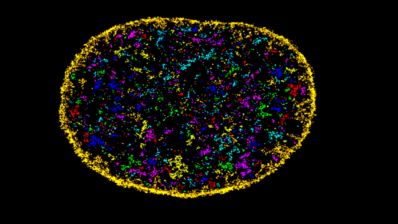Oocytes –immature eggs– begin to form in the fetal stage and can be maintained in the ovaries for up to 50 years. Despite this long dormant period, once mature, they still maintain their reproductive capacity. Researchers at the Center for Genomic Regulation (CRG) has led a study on the metabolic pathways involved in obtaining energy during dormancy.
A balance between longevity and function
Usually it is the enzyme complex I that initiates energy production in the mitochondria, but the CRG study reveals that, in oocytes, this complex is almost absent. Using proteomic and biochemical techniques, as well as live image analysis, the researchers found that in both human oocytes and Xenopus frogs, oocyte mitochondria use alternative metabolic pathways to generate sufficient energy during the dormant state.
“As a long-term maintenance strategy, it is like putting putting batteries on standby mode. This represents a new paradigm never seen before in animal cells” Aida Rodríguez (CRG)
The results also open new doors for research into female infertility. “One in four cases of female infertility is unexplained, a fact that points to a large knowledge gap in the understanding of female reproduction. Our ambition is to discover strategies (such as the lack of complex I) that oocytes use to stay healthy for many years,” says Elvan Bröke, lead author of the paper and head of the group in the Cell and Developmental Biology program at the CRG.
Rodríguez-Nuevo, A., Torres-Sanchez, A., Duran, J.M. et al. Oocytes maintain ROS-free mitochondrial metabolism by suppressing complex I. Nature 607, 756–761 (2022). doi.org/10.1038/s41586-022-04979-5







